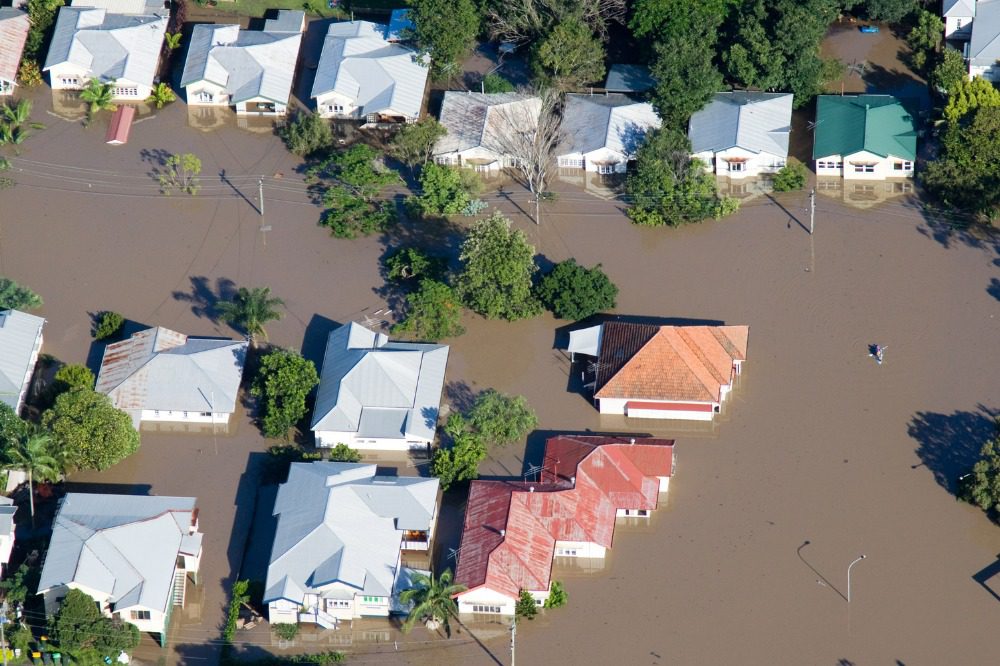Are "cat loss" policies an answer to weather insurance woes?

“Right now, you’ve got two different adjusters coming in at two different times, you’ve got different policy terms, you’ve got different ways that the losses are being measured, and different deductibles that are being applied.”
A fresh approach could go a long way in helping policyholders understand how their coverage works, according to the insurance leader.
“It takes an expert to go through and sort through all of that and figure it out and I just don’t see where normal homeowners, or even small businesses, have the wherewithal to be able to think through those issues and be able to adjust those losses,” Meder said.
“Most of the time, they’re not comfortable that they’re getting the full amount or fully understand what they’re getting in these types of situations”
Weather events pile on the pressure
Meder spoke to Insurance Business two months after Hurricane Ian tracked a destructive path over Florida after making landfall as a category four storm in late September, bringing strong winds and storm surge. It is perhaps understandable, then, that much recent coverage and industry discussion has focused on the state.
In this week’s #EarthFromOrbit video, we are taking a look back at the devastating impacts of #Hurricane #Ian—one of the strongest hurricanes on record to make landfall in the U.S. https://t.co/8gH6B4ZZNv pic.twitter.com/7cV2u0jRAT
— NOAA Satellites (@NOAASatellites) October 4, 2022
However, with extreme weather events piling pressure on the insurance industry and their insureds across the US, and Ian and other major hurricanes in recent years also having affected other Gulf Coast regions, Meder warned against seeing this as a Florida-only problem.
“We’ve been looking in and focusing really hard on Florida,” Meder said.
“In my opinion, the coastal areas in general, whether it’s Florida, Louisiana, if we come up the eastern coast, Georgia, and in the Carolinas, there’s going to continue to be all sorts of pressure on the insurance side of the equation anywhere that’s on the coastal sides.”
Tropical cyclones were the costliest natural peril in the US in 2021, accounting for $38.2 billion in insured losses, according to Aon. Should Ian’s damage sit towards the higher end of estimates, this is expected to be significantly greater for 2022.
How much is Hurricane Ian expected to cost?
Insured losses from Hurricane Ian have been estimated at between $53 billion and $74 billion by RMS, which would place it within the top three costliest natural disasters in US history – 2005’s Hurricane Katrina takes the top spot, according to Aon data, having caused insured losses equivalent to $89.7 billion in today’s money and 2021’s $36 billion Hurricane Ida takes the second spot. Ian estimates, though, vary. Hurricane Nicole, which made Florida landfall as a category one storm in the weeks after Ian, is expected to drive less than $2 billion in claims, according to RMS.
Insured loss estimates for Ian include:
$53 billion and $74 billion – RMS
$42 billion and $57 billion excluding NFIP losses – Verisk Extreme Event Solutions
$28 billion and $47 billion — Corelogic
Looking beyond hurricane season
Florida’s legislature is expected to hold a special session this month to tackle the insurance fallout from the hurricanes, with policyholders already facing higher than average homeowners’ premiums and six carriers having faced insolvency since February. The state’s insurance market was already in crisis before the storms hit due to what insurers have labelled a litigation boom.
Meder said he hopes other states will take note of Florida lawmakers’ “right approach” in looking to confront the problem.
It’s not just hurricanes threatening lives, livelihoods, and the insurance ecosystem.
“I think that we get really riled up when it’s a hurricane,” Meder said.
“But we’re seeing similar effects that are coming through not only with the wildfires out on the west coast, but you’re starting to see a lot of winter storms that are coming through that we’re now starting to gear up for that could have had the same type of impact that Ian had earlier this year in Florida.”
Insured losses from winter storms in 2021 were at $15.5 billion according to Aon, a more than 14-fold increase on 2020, driven mainly by February storms that gripped Texas and a portion of the US. The insured cost was more than three times the size of losses seen from winter storms in any year since 2012.
Severe convective storms cost the industry $26.7 billion in 2021, and wildfires drove insured losses of $8.7 billion.
“It’s just that there’s so many changes that are taking place right now, whether it’s climate change, or rising sea levels – we’re having continuous storms come through year after year that are really having an impact as to how the insurance industry can continue to fund these types of losses,” Meder said.
“It really is becoming evident that it’s extremely difficult not only to insure it, but to adjust these types of losses appropriately. And it’s just going to continue to put stress on a system that already has a tremendous amount of burden on it.”





